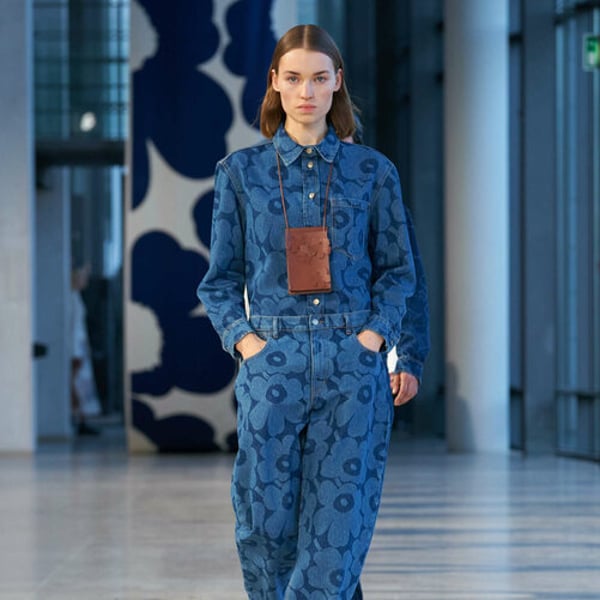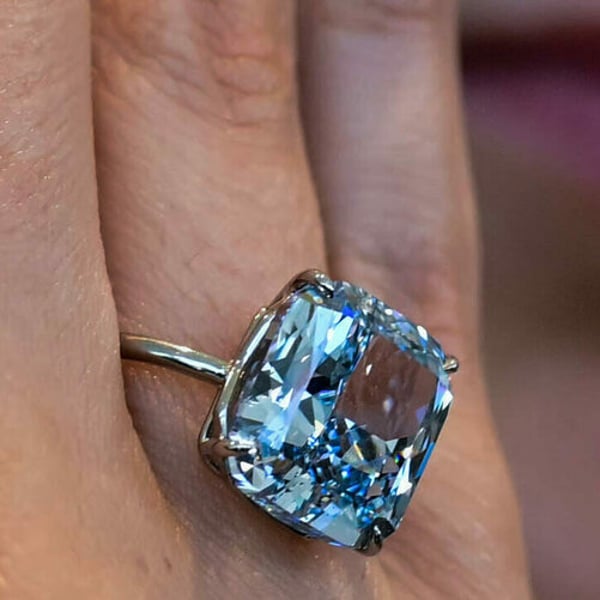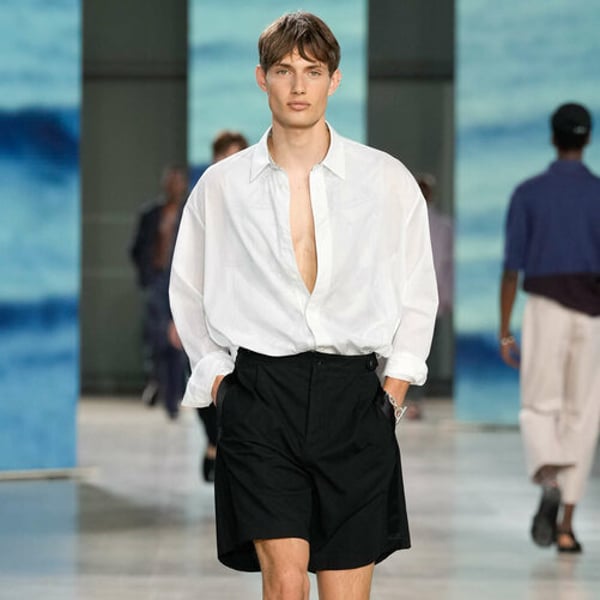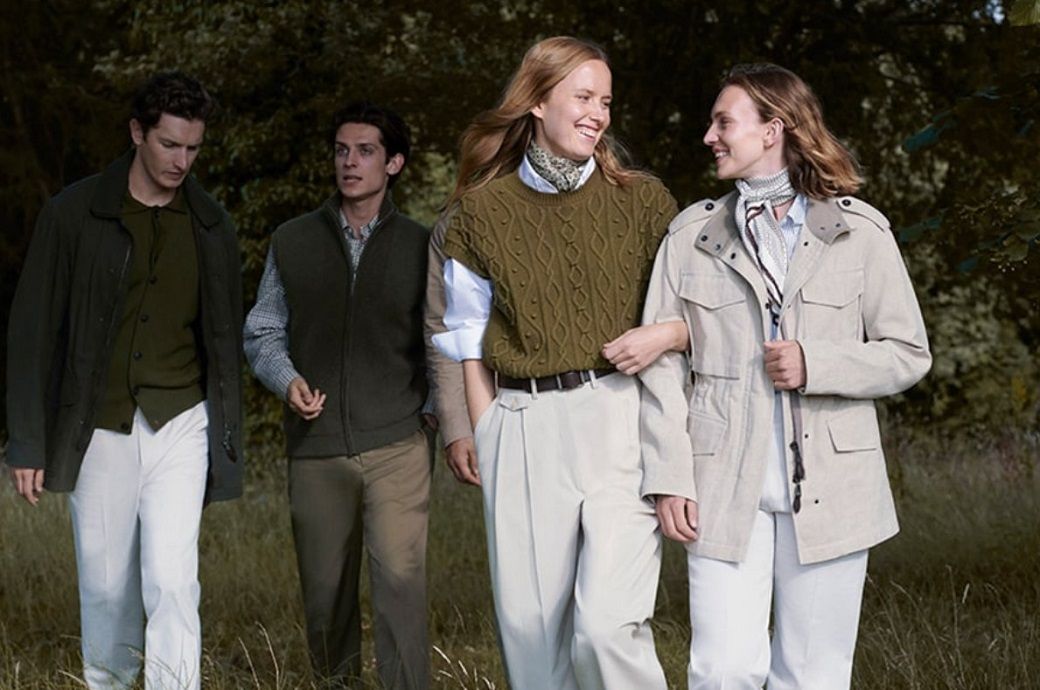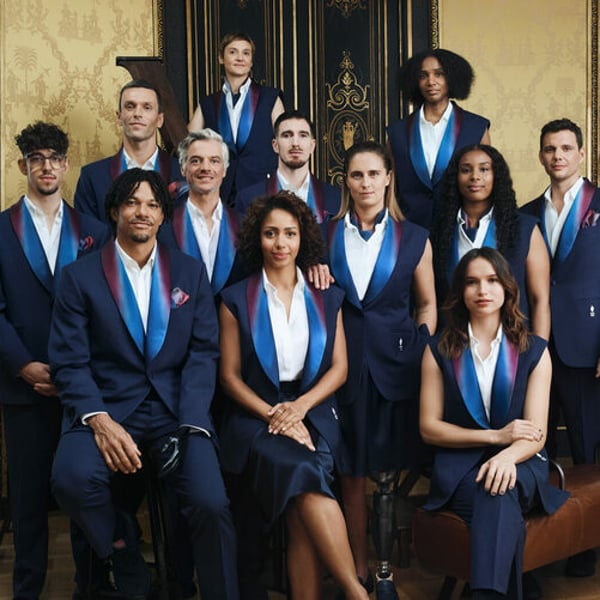By
AFP
Published
October 16, 2025
After a brief interlude of foregrounding “body inclusivity” and plus-size models, the fashion industry has returned to promoting thinness as a beauty ideal.
Data released this week by Vogue Business, based on shows from the most recent Spring/Summer 2026 Fashion Weeks, corroborated what models with regular or larger body sizes have been reporting: their work is drying up.
Of the 9,038 looks analyzed in New York, London, Milan and Paris, 97.1 percent featured models considered very small (US 0-4, UK 4-8 or 32-36 in France), according to data from Vogue Business in its size inclusion report.
Regular-size models accounted for just 2.0 percent of body types viewed, compared to just 0.9 percent of “plus-size” models (US 14+, UK 18+, France 44+), the report showed.
“There are fewer and fewer plus-size models on the catwalks,” Aude Perceval, booker at the Plus agency, a pioneer in plus-size modeling in France, told AFP.
The trend was particularly pronounced in Paris, he added.
This despite many designers adopting looks that naturally create curvy silhouettes, such as corsets.
In some cases, models have been shipped with padding around the hips to create the shape of curves.
“Since 2022, there has been a real regression, both in the frequency of contracts and in fees,” model Doralyse Brumain, 31, who wears a French size 40-42, told AFP.
The body positivity movement, born in the 2010s, was based on the idea of promoting acceptance of different body types and recognizing the harm caused by creating a beauty ideal of thinness that was both unhealthy and out of reach for most women.
Just as fur and flashy fashion are making a comeback, so is the ultra-thin aesthetic that was called “heroine chic” in the 1990s when popularized by supermodels like Kate Moss.
“There is a false idea that being thin means being elegant, being rich,” French model casting director Esther Boiteux told AFP.
The wide availability of weight loss medications such as Ozempic, used to suppress appetite, has also been linked to the return of thinness.
Diabetes treatment “has something to do with this because we're seeing a lot of celebrities using it,” British Vogue editor Chioma Nnadi said last November.
“I think there is a change in culture about how we think about our bodies and how we approach our bodies,” she told the BBC.
Fashion show clothing is also typically designed and made in one size, that of “standard” slim models, and making clothing for regular or larger models requires forethought and extra time to fit.
Ekaterina Ozhiganova, a Russian-born model and founder of the Model Law association, which defends the rights of models, says that consumers are in favor of seeing models of different sizes.
“But for it to be truly sustainable, a profound change in production would be necessary,” he told AFP, adding that the industry continues to sell “an unattainable ideal.”
French designer Jeanne Friot believes that fashion runways should be a place where everyone can imagine themselves.
“The goal of a fashion show is to show something different from the fashion I grew up with, very thin and very standardized. I want to see (larger) sizes… older people, of all ethnicities, of all genders,” she told AFP.
At the moment, seeing a normal-sized woman on the catwalk is increasingly rare, but the change does not go unnoticed.
“We have to speak up when fashion makes a mistake and sets a standard it should abandon,” French fashion journalist Sophie Fontanel wrote on Instagram in early October while watching the Givenchy show during Paris Fashion Week.
mdv/adp/rhBy Marine DO-VALE
Copyright © 2025 AFP. All rights reserved. All information displayed in this section (submissions, photographs, logos) are protected by intellectual property rights owned by Agence France-Presse. Consequently, you may not copy, reproduce, modify, transmit, publish, display or commercially exploit in any way the content of this section without the prior written consent of Agence France-Presses.

